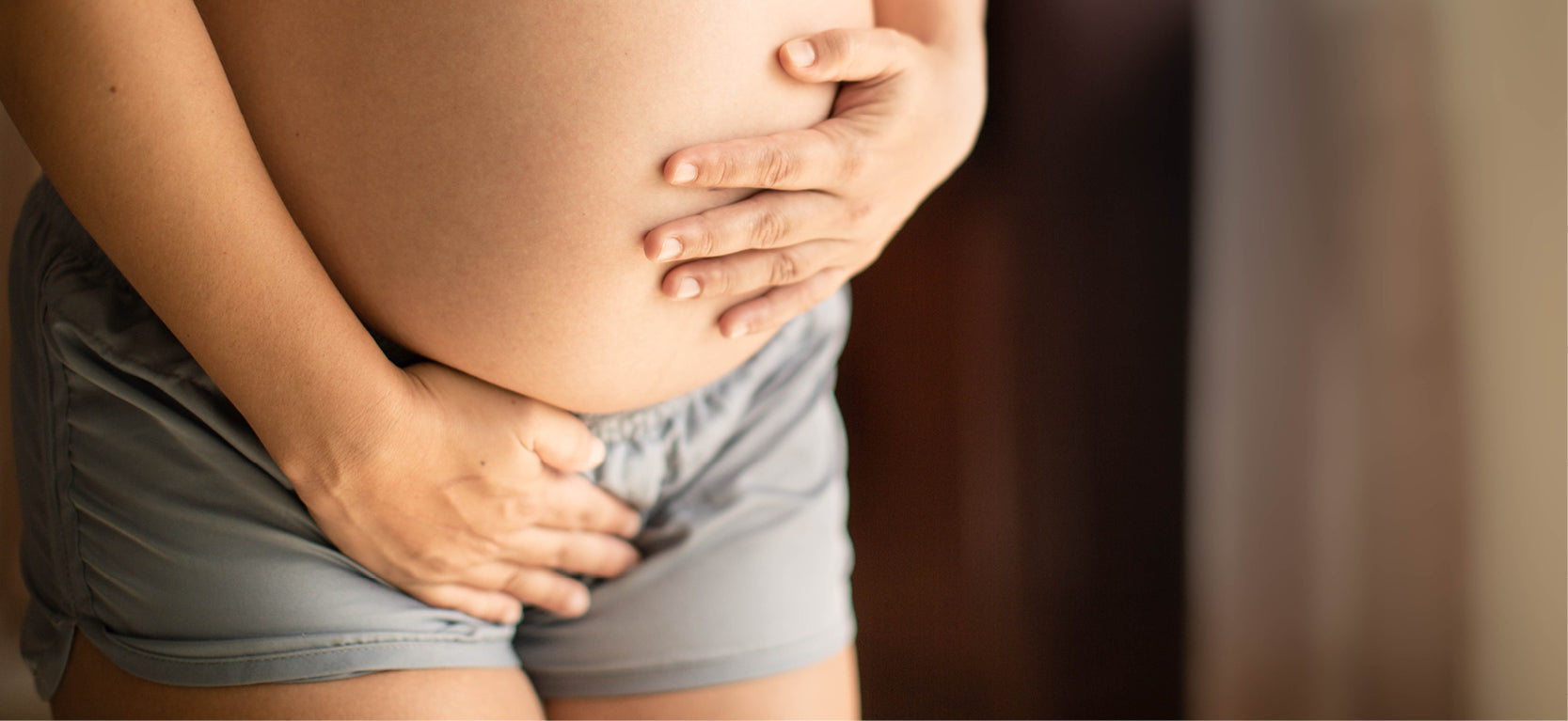The Early Signs of Labour
The initial phase of childbirth, known as early labor, begins when the cervix starts to soften and open, and concludes when the cervix is fully dilated at 10 centimetres. The longest stage of labor is the first one, which can last for up to18 hours. It's worth noting that cervical dilation isn't a linear process, and it varies from woman to woman, according to the World Health Organisation. This implies that a universal guideline of 1 cm/hour for cervical dilation shouldn't be used to determine a standard labor pattern.
Contractions during early labour can often be irregular and mild and cervical dilation may be slow until you are around 5-6cm dilated. The early signs of labour can vary from woman to woman and even from pregnancy to pregnancy. However, some common early signs can include:
1. Braxton Hicks contractions
These are mild contractions that can begin as early as the second trimester but become more noticeable as you approach your due date.
2. Increased vaginal discharge
In the days or weeks before labour, you may notice an increase in vaginal discharge that is thick, clear, or slightly bloody.
3. Lower back pain or cramping
As the muscles in your uterus begin to contract and change, you may experience lower back pain or cramping that is similar to menstrual cramps.
4. Diarrhoea or nausea
Your body may release hormones that can cause diarrhoea or nausea as it prepares for labour.
5. Water breaking
Some women may experience their water breaking, which can happen as a gush or a slow leak.
6. Nesting
A sudden burst of energy that leads to an urge to clean, organise, or prepare for the baby.
It's important to note that not all women will experience these early signs of labour, and some women may not notice any signs until they are well into active labour. If you have any concerns about the signs or symptoms you are experiencing, it's always best to speak with your healthcare provider.
Tips for Managing Early Labour
1. Try to stay home for as long as possible

2. Distraction
Try to distract yourself as best as you can. Once you start timing contractions and watching the clock it may become disheartening and cause you to lose focus. Having some fun with it, by playing games with your partner, going for walks, going for a swim or going to the movies can help you cope through early labour.
3. Heatpack

4. Water
Water immersion in either a bath or a shower has been shown to have multiple benefits during labour. Immersing yourself in water can help to alleviate pain from contractions, while promoting relaxation. Additionally, the buoyancy of water can assist your baby in assuming an optimal position, aided by the gentle force of gravity.

5. Birth Comb
Acupressure is thought to work by activating the opioid systems to provide an analgesic and anaesthetic effect. The LI4 (Large intestinal 4 energy meridian zone) point is between the thumb and index finger and is defined in literature as one of the body’s most important pain relief points. Studies have indicated that pressure onto this point during labour has positive impacts on labour pain by causing the body to release the natural-pain relieving neurochemicals called β-endorphins as well as acting as a focal point of distraction.

6. TENS Machine
A TENS machine, or Transcutaneous Electrical Nerve Stimulation machine, is a small electronic device that sends low-level electrical impulses to targeted areas of the body, in order to alleviate pain. When used during early labour, a TENS machine can provide a drug-free, non-invasive method of pain relief. It can be particularly effective in reducing the discomfort associated with early contractions. The use of a TENS machine has been shown to be safe and does not have any known negative effects on the mother or baby. Overall, a TENS machine can be a valuable tool in helping women manage pain and promote a positive birth experience

7. Rest
It is important to move and let gravity help you during labour however, it is just as important to rest when your body tells you to rest. Labour is a marathon not a sprint, make sure you take regular rest breaks and don’t tire yourself out for when you’re in active labour.
Remember, anytime you are concerned you should call your midwife or hospital maternity ward for advice. It is important to note that your baby should still move as normal in all stages of labour.

Article written by Lauren Brenton. Lauren is an Endorsed Midwife and Clinical Midwifery Specialist, and founder of online platform @onemamamidwife. Learn more about Lauren at onemamamidwife.com





Leave a comment
All comments are moderated before being published.
This site is protected by hCaptcha and the hCaptcha Privacy Policy and Terms of Service apply.